Northern Lights, Explained: What They Are and How to See Them
What are the northern lights? We've got the answers to all your questions about the northern lights, also known as the aurora borealis.
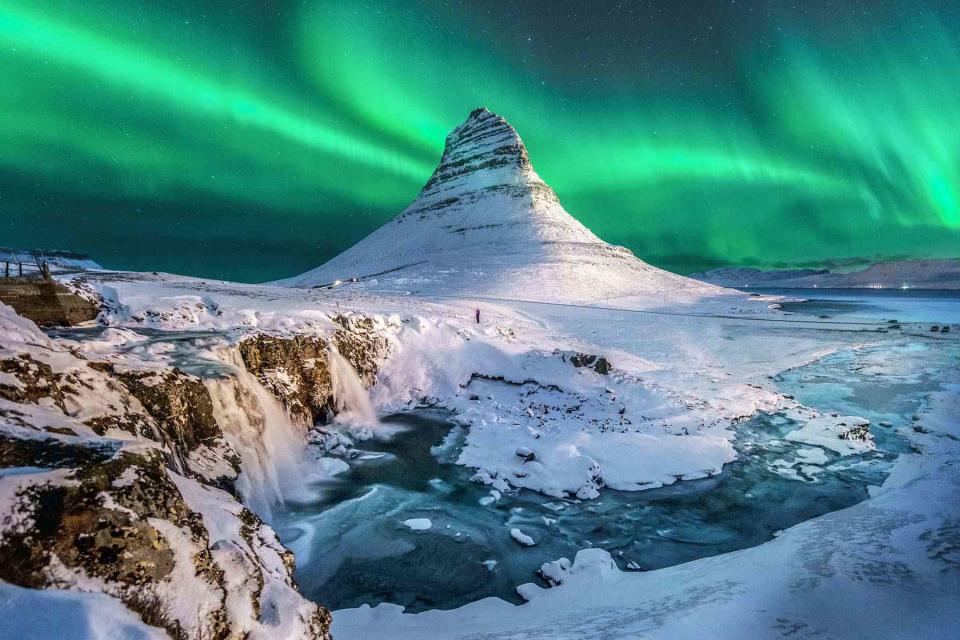
There's a reason travelers chase the elusive northern lights — ask anyone who's seen them, and they'll tell you it's a breathtaking experience. As you've probably seen photos and videos of the northern lights, you might be wondering, "Do they really look like that?" The answer is, well, sometimes. Given that they're a natural phenomenon, there's no controlling them! But if you're planning a trip to see the northern lights, there are certain ways to increase your chances of seeing a truly spectacular show. Here's what you need to know about seeing the northern lights.
What are the northern lights?
Formally called the aurora borealis, the northern lights are an atmospheric phenomenon in which undulating waves of green, purple, and red lights dance across the sky. They occur when waves of energized particles from the sun called solar wind bombard our atmosphere. Thanks to Earth's magnetic field, we're protected from the impact down here on the surface. The particles travel along the magnetic field towards the poles of the planet, where an energy exchange produces the colorful lights in the sky. The northern lights occur in the northern hemisphere, while the same phenomenon in the southern hemisphere is called the aurora australis, or the southern lights.
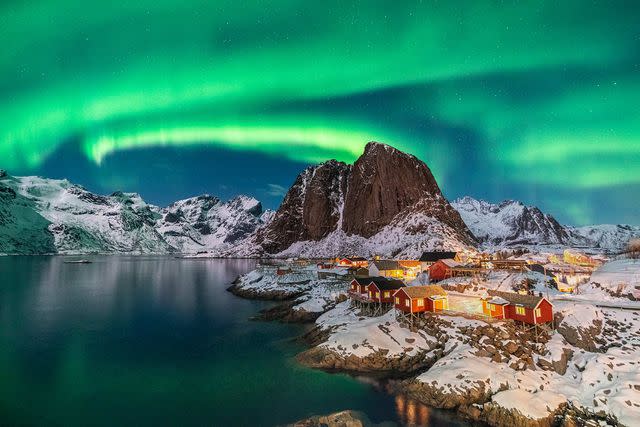
Where can you see the northern lights?
The best place to see the northern lights is in what's called the auroral zone — the region of the northern hemisphere within an approximately 1,500-mile radius of the magnetic north pole. That encompasses most destinations within the Arctic Circle (anything north of the latitude 66°33'N), including northern Norway, Sweden, Finland, Canada, Alaska, Russia, Svalbard, Iceland, and Greenland. During particularly strong periods of solar wind called geomagnetic storms, the northern lights can move much farther south, even showing up in the United States. But it's incredibly difficult to predict when these storms might occur, so your best bet to see the northern lights is to visit destinations within that auroral zone, where the phenomenon occurs most frequently.
Related: 13 Hotels Where You Can See the Northern Lights Without Leaving Your Bed
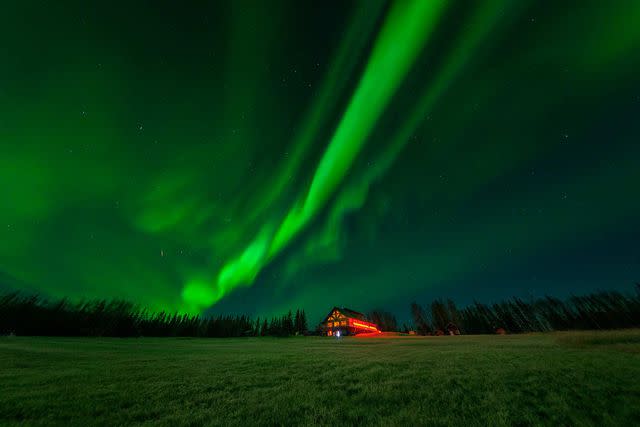
When is the best time of year to see the northern lights?
The northern lights occur year-round, nearly every single day of the year, but they're not always visible. You need to have the right viewing conditions to see them. The most important factor is darkness. Given that you need to travel pretty far north to see the northern lights, you'll likely run into issues with daylight. In the summer, high-latitude destinations experience the midnight sun, which means they have extremely long days, some with up to 24 hours of sunlight. So to have a chance to see the northern lights, you'll have to wait until the fall, winter, or spring. Solar activity usually peaks around the fall and spring equinoxes, which occur in September and March, respectively, but you can still see the northern lights throughout the winter any time between those months.
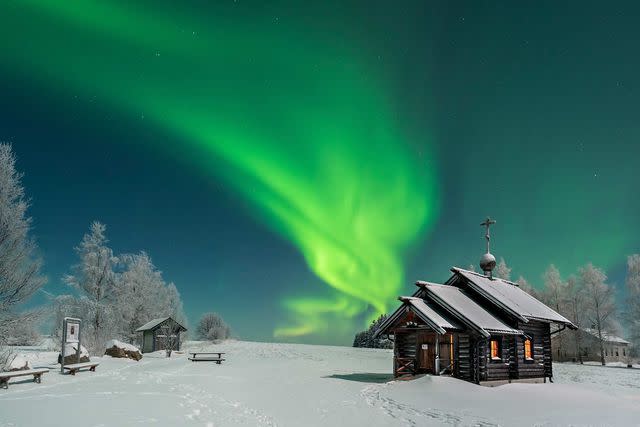
When is the best time of day to see the northern lights?
The simple answer: any time it's dark out! The northern lights typically occur in short bursts of 15 to 30 minutes, and those bursts can happen any time — even in the middle of the day, though if it's light out, you wouldn't be able to see them. Statistically speaking, though, your best odds are between roughly 10 p.m. and 2 a.m. local time. If you're traveling to a destination known for northern lights viewing, your accommodation may provide wake-up calls if the lights show up in the middle of the night while you're sleeping. Otherwise, be prepared to stay up all night watching the skies. There is an exception to this general rule — if you're visiting a very northern destination in the middle of winter, you may experience a polar night, during which there are 24 hours of darkness. (This occurs in places like Svalbard.) In that case, you can also see the northern lights during the day.
Related: 8 Places in the United States Where You May Spot the Northern Lights
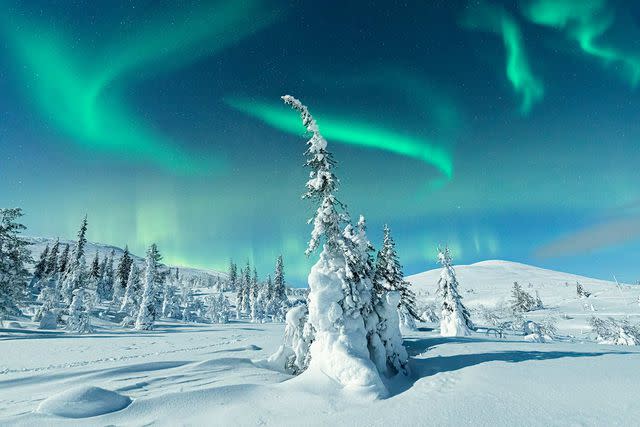
How else can I increase my chances of seeing the northern lights?
Other conditions beyond darkness are required for viewing the northern lights — you also need clear skies, and, ideally, ones without a bright moon (which can drown out the show). While you can time your trip to a northern lights destination to a period with a new or crescent moon, you can't control the weather. Plus, the northern lights themselves are pretty unpredictable beyond a window of a few days, and even then, forecasts aren't always accurate. (You can check those forecasts through the Space Weather Prediction Center of the National Oceanographic and Atmospheric Administration.) Sometimes the northern lights are weak, only producing a dim glow, while other times they completely illuminate the night sky. So while seeing the northern lights is never guaranteed, the best way to give yourself a solid chance of viewing them is to plan a longer trip. The more days you have up north, the more chances you have for clear skies and strong geomagnetic storms that produce the most brilliant northern lights.
For more Travel & Leisure news, make sure to sign up for our newsletter!
Read the original article on Travel & Leisure.

